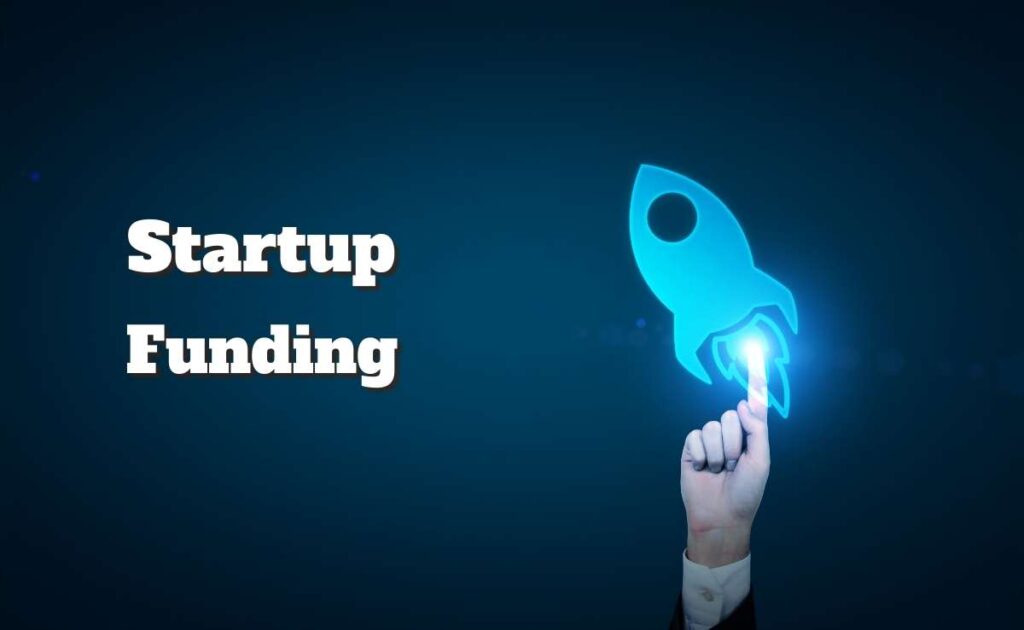Almost every business begins as a small business. Some enterprises stay low, providing their industries and fulfilling the aspirations of their shareholders. Others experience sustained growth as stockholders reinvest their profits and steadily improve their offerings. Another type of local company is one that has the prospects for rapid expansion if it has the necessary capital and governance.
This latter classification is commonly referred to as “startup” businesses that can develop to their full potential with venture capital investment funds. Investors participate in your startup’s risk-reward equation by implying an equity stake, with the proportion of their stake determined by the magnitude of the investor and the expected value of your corporation.
Startup funding happens in stages, depending on where your corporation is in its progress. Let’s learn about these different Funding stages:
- Self Funding
A business owner should figure out how much money he or she can start contributing out of his or her own wallet. Examine all of your investment opportunities and cash reserves in numerous accounts, and then approach your relatives and friends. This stage entails very few intricacies and documentary evidence, and your family members and friends may be prepared to lend at a lower interest rate.
- Seed Capital
Seed capital is an expenditure produced during the startup’s early stages. This assists the company in establishing and developing the best orientation for their venture. The revenue collected at this phase is employed to learn about the clients’ requirements, desires, and preferences, and afterwards to develop a commodity or customer support in response.
- Venture Rounds (A,B and C)
Venture capital financial support enters the picture once the firm’s ultimate goods or facilities arrive on the market. Irrespective of the earnings of the brands, every company deems using this phase, which also contains different rounds of financing.
Series A
Series A financing, as the initial round of financing, does not seek outside financial support. Startups have created a customized strategy for their commodity or facility at this point. It is primarily used for advertising and increasing brand legitimacy, as well as for establishing new markets and assisting businesses in growing.
Series B
When a company depends on Series B financing, it shows that the commodity is properly advertised and that consumers are purchasing the item or service as planned. Such financing assists a company in paying wages, employing more employees, rebuilding infrastructure, and forming itself as an international player.
Series C
There is no limit to the number of iterations of financing that a venture can obtain. However, during the Series C financing, both the shareholders and the venture capitalists are extremely careful about financing this round. The more investor rounds there are, the more equity is released by the company.
Series D
The Series D financing phase enables business owners to fundraise for a one-time event. For example, an acquisition, or if the company has not yet met its growth target. If a venture has not yet gone public but is considering a partnership with a contender on agreeable terms, it may take into account series D funding.
IPO (Initial Public Offering)
An IPO occurs when a business decides to solicit funding from the general public, which include organizational and personal shareholders, by marketing its shares (Initial Public Offering). Going public is frequently associated with an IPO because the general populace now desires to contribute to your business by acquiring stock.

